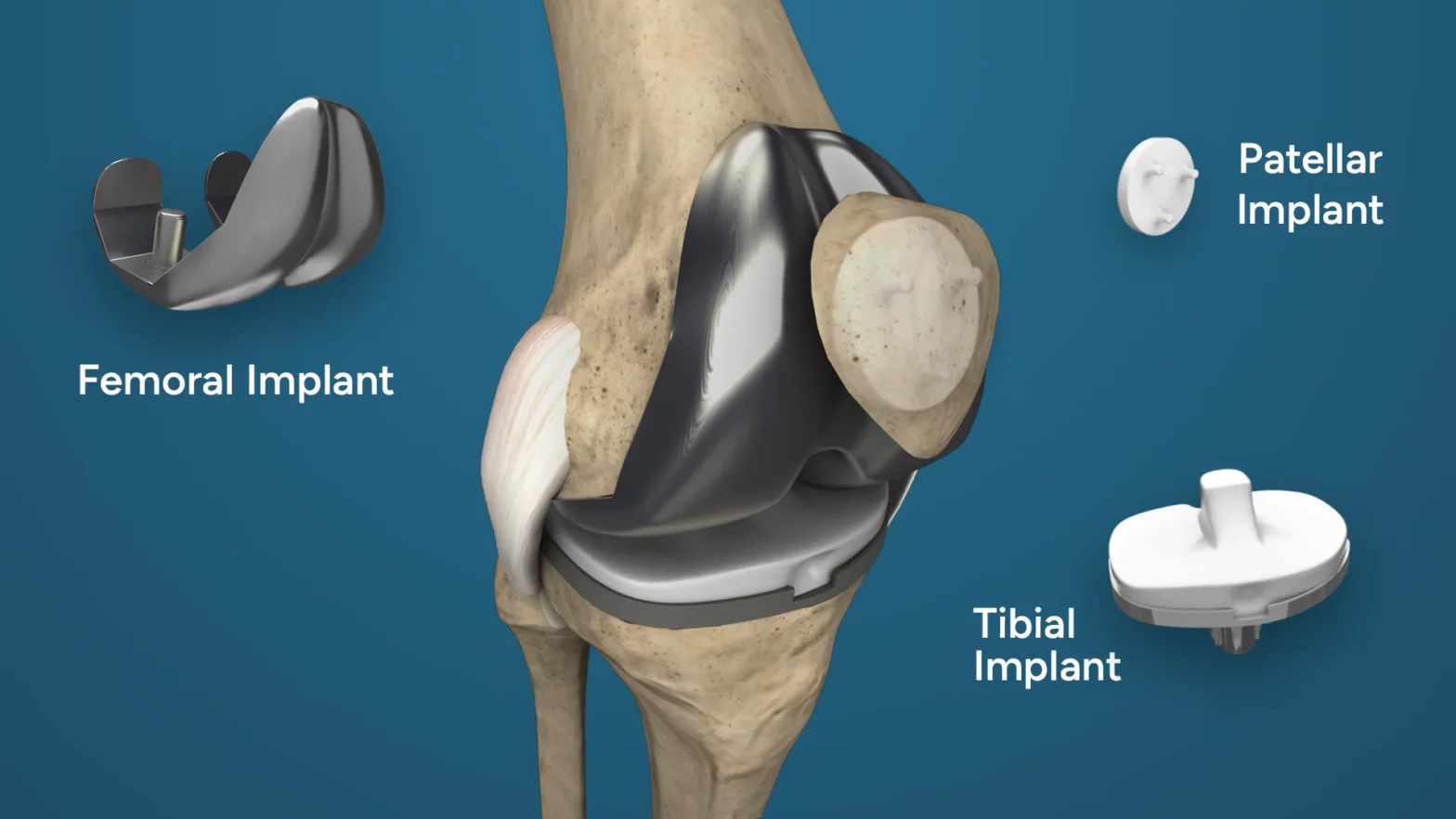May 31st, 2023
The 4 Most Important Vitamins and Minerals for Bone Health

Calcium
While calcium is one of the most well-known nutrients needed for bone health, studies show that over 40% of Americans are deficient in this mineral[1] and 3.5 billion people across the globe are at a significant risk of calcium deficiency[2]. Calcium is crucial to the structure of bones, as they are made of up to 99% calcium in combination with other minerals such as phosphate[3]. Calcium can also be found in the blood, muscles, nerves, and tissues, as it helps with bodily movement.
There are many calcium-rich foods that can help bone health[4]. Dairy products (cheese, yogurt, kefir, and cow’s milk) and leafy green vegetables such as watercress, kale, cabbage, and broccoli are some of the chief sources. Soy products such as tofu and soy milk are also high in calcium. Adults should aim for 1,000 milligrams (mg) of calcium per day to prevent bone fractures. Experts recommend that adults aged 50 and above should take between 1,000 and 1,200 mg of calcium daily, since their chance of experiencing bone fractures is higher. Research shows that calcium supplements can increase bone mineral density (BMD) by .7 to 1.8% over two years[5], which lowers a person’s risk of fractures and bone conditions such as osteoporosis.
Vitamin D
Calcium is known to work best when it is combined with Vitamin D, which is another essential nutrient for maintaining bone health. In many cases, people with a calcium deficiency also have a Vitamin D deficiency. This often happens because a lack of Vitamin D means the body does not produce as much of a hormone called calcitriol[6]. Without this hormone, it is harder for the body to absorb and use calcium. So, even if you are getting enough calcium through your diet and by taking supplements, it is possible your bones are not benefiting from the nutrients if you have low Vitamin D levels.
Vitamin D deficiency is also quite common. The most recent studies show 41.6% of Americans are deficient in this vitamin with the highest occurrences in Black and Latino individuals[7]. Older adults and individuals with obesity are at a high risk of Vitamin D deficiency along with people who cover much of their skin when outside and those who don’t spend enough time outdoors. This is because 50 to 90% of all Vitamin D is absorbed from sunlight, while the remaining portion is from diet and supplements[8]. Some of the best food sources of Vitamin D are fatty fish such as sardines, cod, swordfish, salmon, and tuna9. Other foods that provide this vitamin include egg yolks, beef liver, and fruit juice or milk with added Vitamin D. Male and female adults looking to take Vitamin D supplements should get 600 IU per day. Older adults aged 71 and over should be getting 800 IU daily, since people in this age range may have difficulty absorbing the nutrients and are more likely to have osteoporosis.
Expert Insight
Supplements 101: Do I Need a Vitamin D Supplement? | Healthline
Magnesium
This is an example of a lesser-known mineral that factors into bone health. Magnesium is the fourth most common substance found in the body and over 60% of that is stored in the bones[10]. Magnesium has a few jobs that assist with bone strengthening. First, it gives energy to the cells that create new bone (called osteoblasts) and the cells that reabsorb old bone, which are known as osteoclasts. These two cells allow bones to be strong but flexible as they support the weight of a person’s muscles and tissues. Another role that magnesium plays in bone health is helping produce Vitamin D and a hormone called parathormone, which regulates the amount of calcium in the blood[11]. We already mentioned how crucial Vitamin D and calcium are for the bones, and magnesium helps our bodies achieve the balance between these and other nutrients. Magnesium also lowers inflammation within the body, which serves many purposes for our overall health including maintaining bone density.
Just under half of Americans are not getting enough magnesium in their diet[12]. Just as with Vitamin D, magnesium is present in many vegetables such as broccoli, spinach, and avocados. Other sources of magnesium include nuts, seeds, whole grains, and legumes such as beans, lentils, and peas. Supplements are an option for individuals who may not be getting enough magnesium in their diet. It is recommended that teenagers get between 360 and 410 mg of magnesium each day, while young adults up to age 30 should aim for 310 to 400 mg daily[13]. Adults over the age of 31 are advised to get 320 to 420 mg per day.
Vitamin C and Collagen
Most people know Vitamin C for its ability to boost the immune system, but it’s less often recognized for the part it plays in bone health. Vitamin C gets rid of free radicals that can harm us, so its protective abilities are of great service to many parts of the body[14]. Vitamin C helps with tissue repair and the same enzymes that do this healing also form the basic structures within collagen[15]. Collagen accounts for 30% of a person’s dry weight, making it the most common protein in the body[16]. This protein also strengthens all types of connective tissue from cartilage and ligaments to joints, muscles, and even skin. Vitamin C and collagen work hand-in-hand not only to increase bone density but also to reduce someone’s risk of osteoporosis[17].
With 14% of males and 10% of females reporting low levels of Vitamin C, this deficiency is not quite as common as some of the others we have discussed[18]. But it’s important enough that many people want to boost their levels, especially around cold and flu season. A great way to do this is by consuming more fruits and vegetables, especially citrus fruits (oranges and grapefruits), tomatoes, bell peppers, potatoes, kiwi, strawberries, broccoli, brussels sprouts, and cantaloupe. If you prefer to take a supplement instead, you should know that the recommended dose is between 75 and 90 mg of Vitamin C each day for adults over the age of 19[19].
As for collagen, this is a protein and not a vitamin or mineral, so there are no recommended amounts for our body. However, most people do begin losing collagen at the age of 30, and its impact on our bones and skin become noticeable from then on. Foods that are rich in collagen include animal bone broth, berries, broccoli, aloe vera juice, sardines, organ meats (animal liver, kidneys, etc.), and chicken skin. It can be a bit more difficult to get collagen from a typical diet, which is why many people choose to take a supplement instead. There are varying opinions on the most effective dose for collagen supplements, so it’s best to consult with your doctor first.
It’s always recommended that anyone interested in taking a new supplement, herb, or medication speaks to their physician first. Doctors will start by doing a blood test to check your levels for most of these vitamins and minerals. They can then make the best recommendations according to the results and your health goals.
Find an Orthopedic Doctor in Your Area





